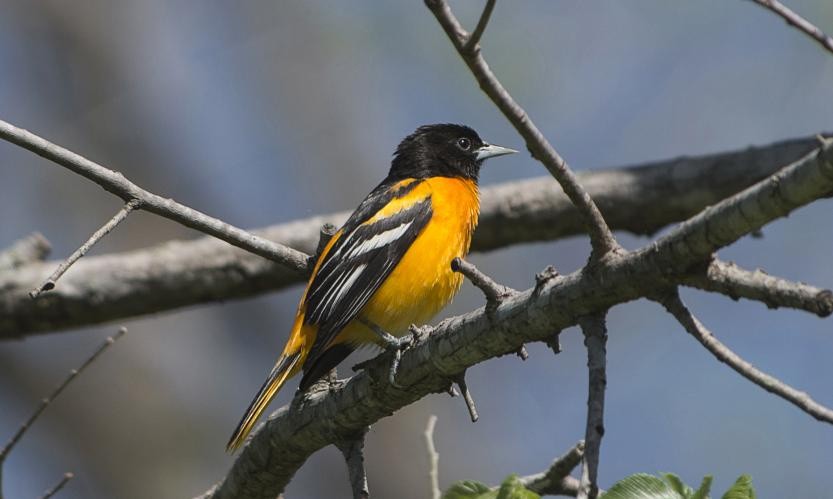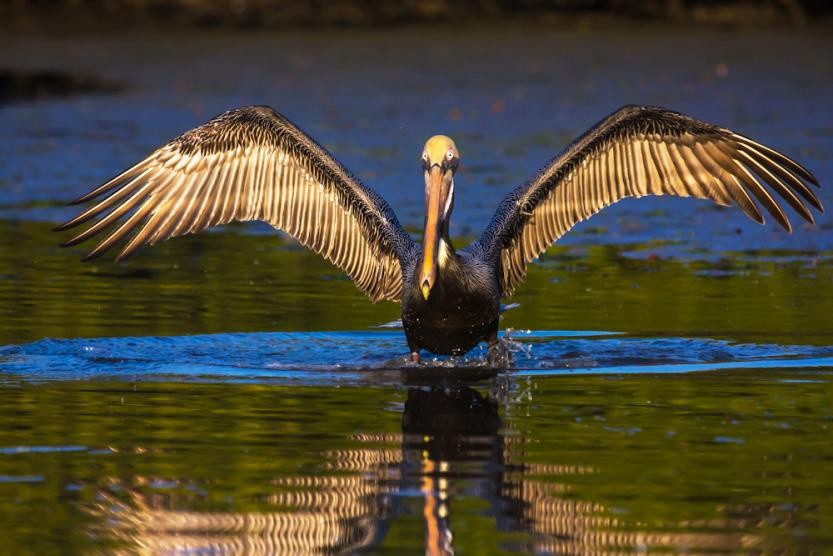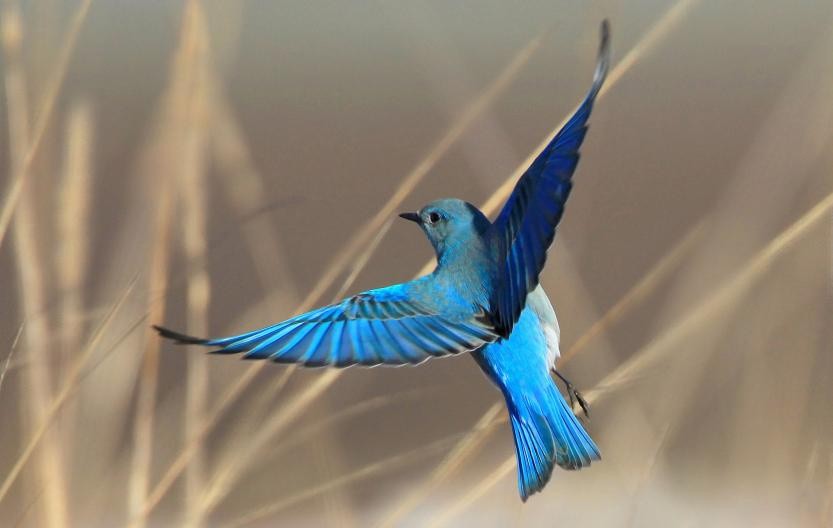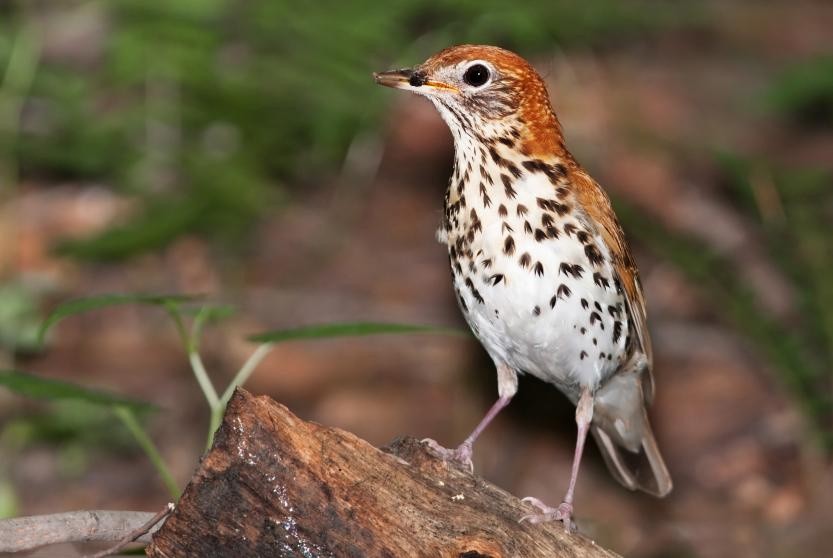Every state in the United States of America has at least one state-recognized bird, as well as a state tree, and a state flower. This has been a part of American culture since 1927 primarily because of frequent sightings or they possess some form of historical significance. U.S. territories, such as Guam and Puerto Rico, have also adopted the tradition.
The frequent sightings could soon become less frequent, and the historical significance could become just that—history. According to Audubon's new Birds and Climate Change Report, birds may be forced out of the state that loves them enough to honor them as their ranges are becoming smaller and smaller due to rising global temperatures, and thus, changing habitats.
The report states that out of 588 North American bird species, 314 of them are considered 'climate-endangered' and may have to look for new homes with suitable climates by the year 2080. This would likely entail leaving the safety of their current geographical locations. For example, it would be rather dangerous to the seagull species if it had to move to a more suitable climate in the forest and not near the beach.
Out of the 314 climate-endangered birds, ten are state birds currently honored in nine states.
Here is a list of ten birds that may have to relocate.
1. Common Loon: Minnesota

As temperatures continue to rise, this waterfowl may not only leave its state, but also the country as it looks for cooler waters in Canada. It's likely that the frequent sightings would become occasional visits, most likely during winter months.
2. Baltimore Oriole: Maryland

Named after Lord Baltimore and mascot of the city's major league baseball team, the Baltimore Oriole may also become a resident of Canada as it, too, will need to travel north in search of cooler temperatures. That's especially bad news for Orioles fans.
3. Brown Pelican: Louisiana

This majestic bird will be faced with immense adversity if it is pushed inland from the coast. Pelicans' main food source is fish, and unless they can find a suitable supply in the northern areas, their species will be in grave danger.
4. California Gull: Utah

It's extremely likely that the gull will leave Utah all together as most of its habitat becomes desert. The logical route for the gull is to move out towards the coastline in order to find a sufficient food supply. The California Gull played a significant role in the settling of Utah when it helped during a cricket infestation that could have proven catastrophic to settlers' crops.
5. Hermit Thrush: Vermont

This small bird would likely experience a complete schedule reversal. Normally spending its summers in Vermont, the Hermit Thrush would have to relocate to Canada and then come down for a visit during the winter months.
6 & 7. Mountain Bluebird: Idaho and Nevada

As this beautiful bird prefers meadows and tundra, it may be forced north, as it is likely to lose 73% of its summer range, according to Audubon. However, its winter range may be expanded by nearly 32%. Nonetheless, it too will be spending most of its time elsewhere.
8. Ruffed Grouse: Pennsylvania

This chest-pounding bird—the ruffed grouse's mating ritual—will be pushed out of Pennsylvania as more than a quarter of its breeding grounds disappear. This is a change that will possibly affect up to eight states in total.
9. Purple Finch: New Hampshire
This lovely raspberry-colored state bird will most likely seek refuge in Canada or Alaska, although it is yet to be seen whether the species can survive in a snowy landscape. After all, it is a highly visible color.
10. Wood Thrush: Washington, D.C.

This bird is already experiencing hardships by way of nest predators and parasites. Unfortunately, its summer range is believed to be reduced by roughly 82%. Although it may come back around in the winter months, the bird will no longer call DC its home.
© 2026 ScienceTimes.com All rights reserved. Do not reproduce without permission. The window to the world of Science Times.











